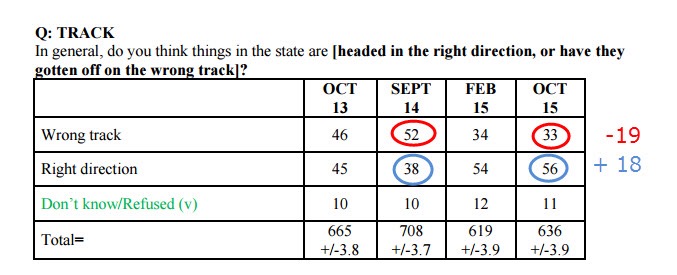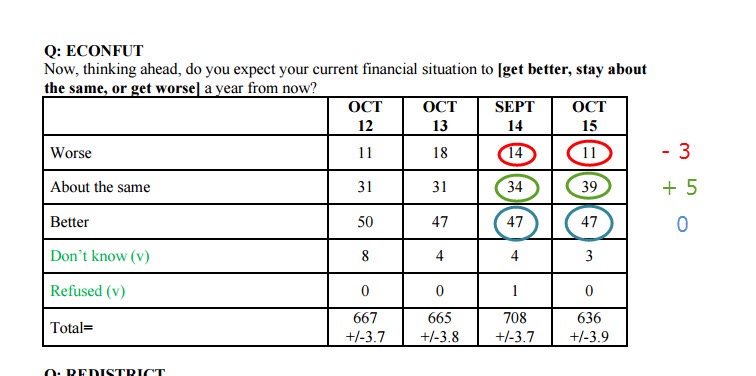Over 35% of all residents in Montgomery County are renters. in Silver Spring, it’s over 50%. Our laws, both state and federal, are woefully inadequate to protect populations of often elderly and immigrant populations. The Renter’s Alliance exists to advocate for the rights of tenants, and Matt Losak is the heart and soul of the organization. Please come to this event if you can. Tenant advocacy is one of the most important issues facing Montgomery County and Maryland right now.
Time to Stand with Renters, and Party with Them Too!
Building Community Celebration, Thursday, December 3, 7:30 p.m.
In just a few decades, County residents living in rental housing has grown to 36%- up from 25% in 2008-and the trend is continuing at a hurried pace. One need only search for an empty lot or an acre or two of green in downtown Silver Spring that does not have apartment construction underway. The fact is, the DC area is a job hub and housing demand is among the highest in the nation. Vacancy rates in Montgomery County are below 5%, and with no cap on rent increases, older rental housing properties, like the Blairs complex near the Silver Spring metro, are seeing massive reinvestment tearing down the once considered “affordable apartments” in favor of what will soon be known as luxury living—for those who can afford it.
Montgomery County is no longer a house and garden county with a few folks living in rental housing. It’s now a collection of cities with rental apartment living growing by leaps and bounds. And for a growing number, renting is no longer a station on the way to owning, it is a permanent way of life.
But each year a growing number of renters face losing their homes to excessive rent increases, retaliatory evictions, unscrupulous landlords neglecting maintenance, harassing and intimidating renters who complain or attempt to organize other tenants, and an alarming increase in abuse of renters, especially vulnerable populations including the elderly (in one instance property management threatened the elderly residents with eviction if found snoozing in common area chairs), immigrants, those with physical and mental disabilities, working families with children and everyone living on tight economic circumstances whose lives face personal and financial disaster if forced to move.
The impact of unstable rental communities goes well beyond anecdotal horror stories. In testimony before the County Council last June, Montgomery County School Board Member Jill Ortman-Fouse described schools with as much as a 33% mobility rate among students—imagine, one out of three children moving schools in the same year, affecting academic performance and family health.
In the past two months alone, the Renters Alliance has worked with five tenants –all seniors—who were being evicted by their landlords because they sought required or promised services. The Hampshire Towers boondoggle, where scores of families face losing their homes to rent increases originally as high as 25-72% (recently negotiated to a slightly less outrageous 15%), is but one example, not an exception to the rule).
Since our founding in 2010, the Renters Alliance has worked with hundreds of renters who cannot get their building management to attend to basic maintenance issues and renters across the County are being priced out of their homes as rent rise out of reach of long-term tenants. We work with County government as tenant advocates to mediate disputes, balancing the table across from landlords, their lawyers and property staff. We support policies and legislation that further renter protections and we have, with our allies and friends, made safe, affordable, quality and stable rental housing an issue familiar to every elected official in the County and much of the state.
Renter issues are real and for many severe. But we should take stock in our work directly saving hundreds from abuse, neglect and being forced out and protecting thousands more through our work. That’s why on Thursday, December 3, at 7:30 p.m. we are hosting our first annual “Building Community Celebration” at the Fillmore, 8656 Colesville Road in downtown Silver Spring. The event will feature West African music and dance by Grammy-award nominated Cheick Hamala Diabate. Tickets range from $25-$125 for general admission, but no one will be turned away. We have free tickets for anyone who cannot afford to pay. So why not join us for a party to celebrate and support our work? Our neighborhoods may depend on it.
-Matt Losak
Executive Director
The Montgomery County Renters Alliance, Inc.
Visit the Renters Alliance website at http://www.RentersAlliance.org


